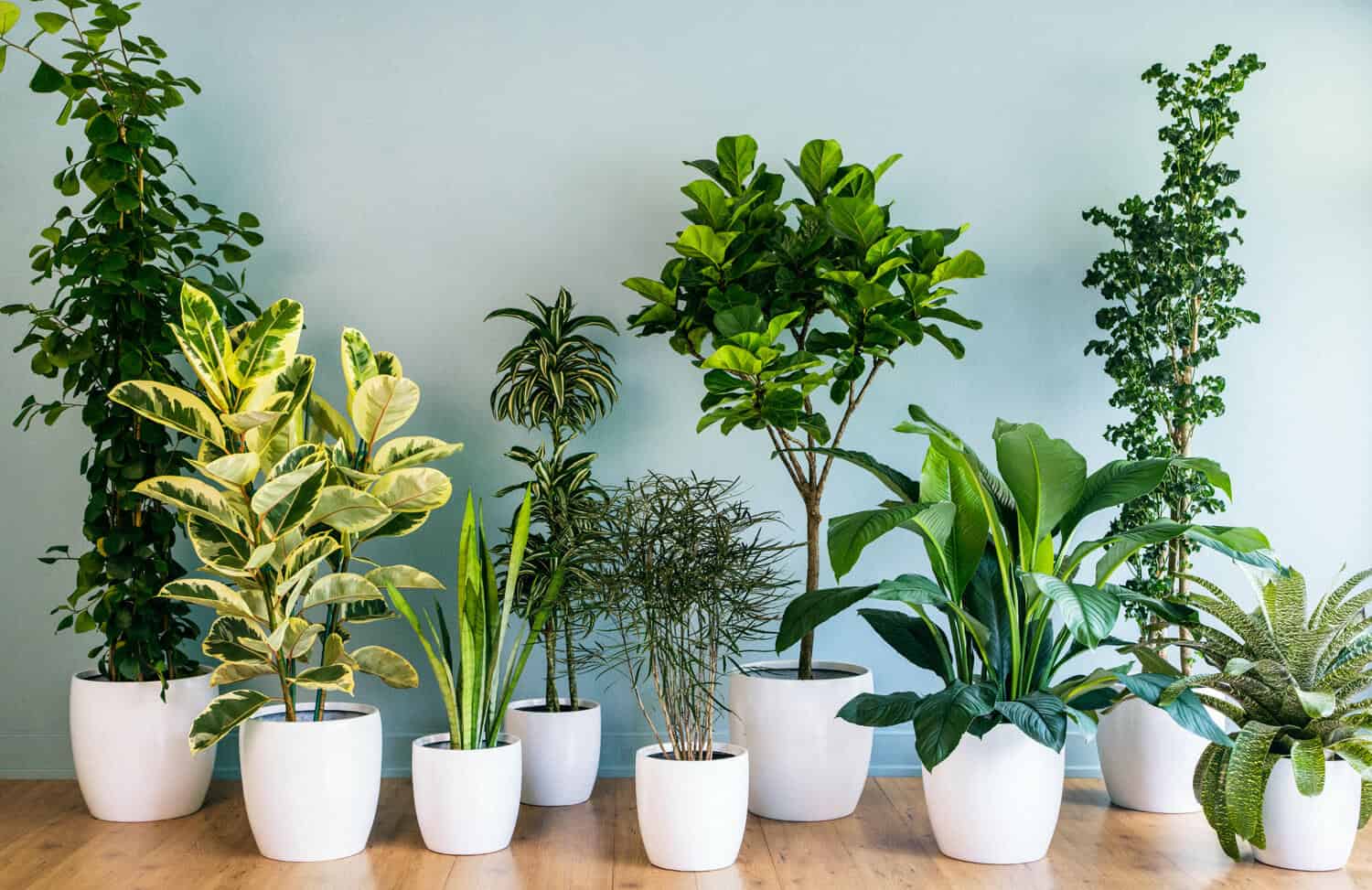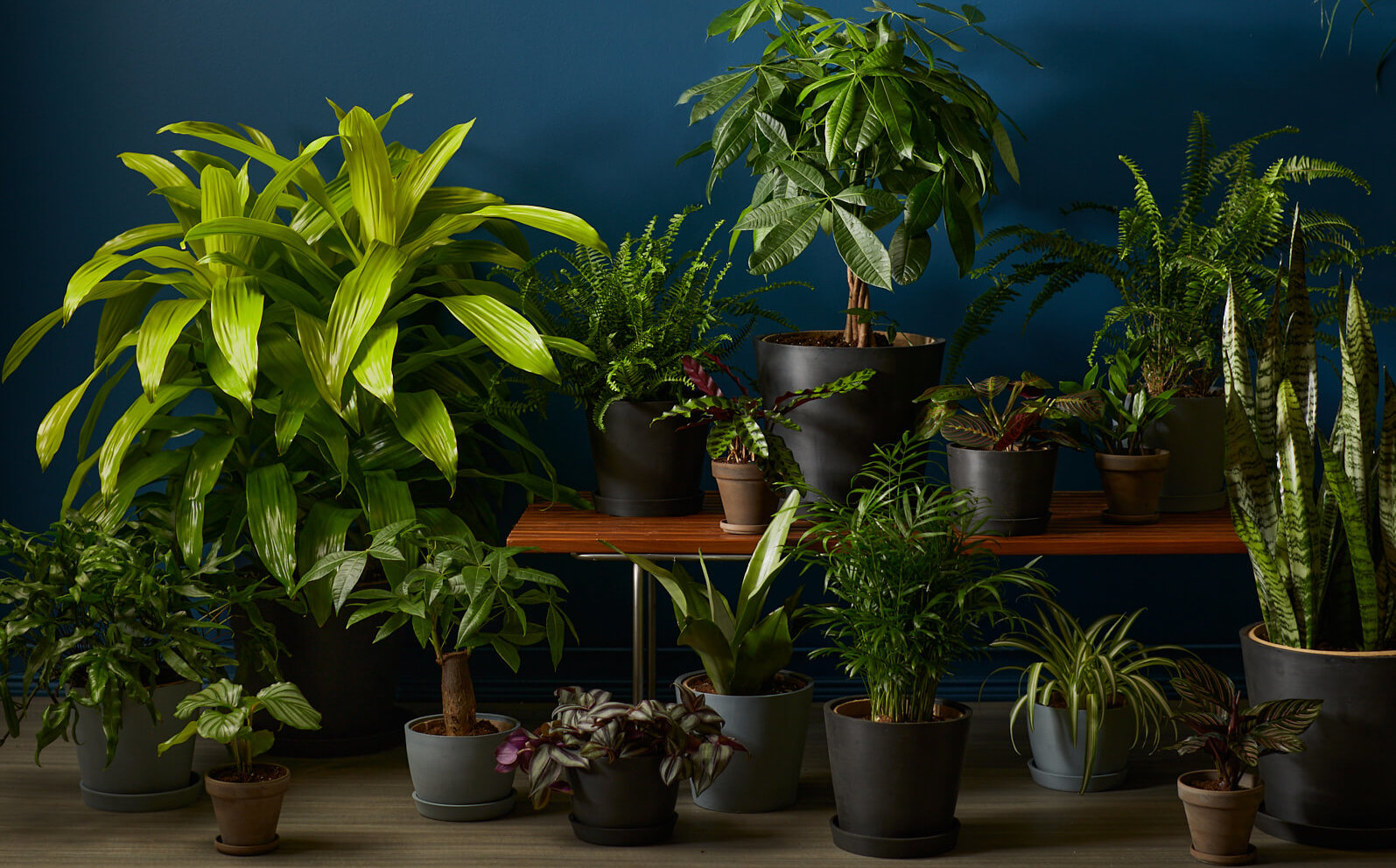Discover the Best Low-Light Indoor Plants for Your Home or Office Space
Discover the Best Low-Light Indoor Plants for Your Home or Office Space
Blog Article
Discover the Tricks of Low-Light Indoor Plants and Just How They Boost Your Environment
Low-light interior plants have actually gathered enhancing focus for their distinct capacity to boost both visual allure and environmental high quality within homes and offices. These resilient varieties, consisting of the Serpent Plant and Tranquility Lily, not just prosper in challenging lights conditions but additionally play a critical role in air filtration and emotional well-being.
Benefits of Low-Light Indoor Plants
Although many individuals assume that interior plants call for plentiful sunlight to flourish, low-light indoor plants offer a wide variety of advantages that make them ideal for different atmospheres. Among the main advantages is their flexibility; they can thrive precede with restricted all-natural light, such as workplaces, cellars, or areas with small windows. This feature allows individuals to enhance their environments with greenery, adding to enhanced appearances without the requirement for substantial illumination alterations.
Furthermore, low-light interior plants can dramatically enhance interior air top quality by releasing and filtering harmful contaminants oxygen, making living areas healthier. Research has actually shown that particular varieties can take in pollutants, therefore promoting a cleaner ambience. Additionally, they can improve mental health by reducing tension and boosting performance. The presence of plants has actually been linked to better feelings of peace and focus.
Furthermore, low-light plants often need less upkeep than their sun-loving counterparts, making them optimal for hectic people or those brand-new to gardening. Their strength enables them to grow with marginal treatment, hence providing a fulfilling experience for plant lovers and amateurs alike. In summary, low-light indoor plants offer both practical and visual purposes, making them valuable additions to any type of room.
Leading Low-Light Plant Ranges
Low-light indoor plants come in a variety of types, each offering distinct features and advantages fit for dark environments. Amongst the most preferred varieties is the Snake Plant (Sansevieria), understood for its air-purifying abilities and architectural leaves. This resilient plant flourishes on disregard and can endure a large array of light conditions.
One more outstanding option is the ZZ Plant (Zamioculcas zamiifolia), which includes shiny, dark green fallen leaves and is extremely drought-tolerant. Its adaptability makes it a favorite for offices and homes with restricted sunshine.
The Pothos (Epipremnum aureum) is additionally a leading contender, with its routing vines and heart-shaped leaves - Best low-light indoor plants. This versatile plant can be trained to climb up or cascade, including visual passion to any type of area

Treatment Tips for Low-Light Plants
Caring for low-light interior plants requires a nuanced understanding of their certain demands to make sure ideal development and vigor. It is essential to select the best potting mix, as a well-draining dirt is critical to avoid origin rot. A blend designed for houseplants, typically containing peat moss and perlite, works well for pop over to this web-site the majority of low-light selections.
Watering is an additional key aspect of treatment. Low-light plants typically require less constant watering compared to their sun-loving counterparts.
Fertilization must be approached with caution. Throughout the expanding period, a watered down liquid plant food can be applied monthly, however in cold weather, numerous low-light plants get in dormancy and call for little to no fertilizing.
Finally, it is necessary to periodically cleanse the leaves to eliminate dirt, enabling far better light absorption. By adhering to these care ideas, you can cultivate a successful environment for your low-light indoor plants, enhancing both their look and long life.
Enhancing Air High Quality With Plants
Interior plants play a considerable duty in improving air quality within homes and workplace. With the process of photosynthesis, these plants take in co2 and release oxygen, adding to a much healthier ambience. Furthermore, specific low-light indoor plants have the ability to filter dangerous toxins, such as formaldehyde, trichloroethylene, and benzene, which are typically discovered in interior settings.

Moreover, the visibility of indoor plants can increase humidity levels, which aids reduce dry skin and respiratory issues, better boosting general wellness. This ability to enhance air quality not just advertises physical health and wellness yet additionally sustains psychological wellness.
Integrating low-light interior plants right into your living and functioning spaces can cause a more dynamic and invigorating atmosphere (Best low-light indoor plants). Buying these all-natural air cleansers is a straightforward yet efficient method for enhancing interior air top quality and promoting a much healthier way of living
Creating a Tranquil Indoor Space
The integration of plants right into living spaces not just enhances air top quality but additionally adds to a tranquil environment. Low-light interior plants, such as snake plants and pothos, more are especially effective in developing a tranquil environment, as they grow in conditions that may otherwise be unwelcoming for various other plant. Their rich vegetation gives a calming visual, decreasing anxiety and advertising leisure.
Incorporating these plants into your home or workplace can stimulate a sense of peace and health. Strategically positioning them in areas where you spend significant time, such as living areas or offices, permits an immersive experience with nature, which has been revealed to boost mood and cognitive feature.
Furthermore, the mild activity of leaves in response to airflow can create a dynamic visual component that improves the overall setting. Think about utilizing a range of plant heights and appearances to include depth and passion to your room. With thoughtful placement and treatment, low-light indoor plants can transform any type of area into a peaceful haven, promoting not only visual satisfaction however additionally see it here emotional and mental health.

Final Thought
Integrating low-light interior plants right into numerous environments yields considerable advantages, consisting of improved air quality and improved visual appeal. The transformative power of low-light plants highlights their worth in enhancing both job-related and household settings.
Although many people presume that indoor plants need bountiful sunlight to thrive, low-light indoor plants provide a wide variety of advantages that make them perfect for numerous environments.In addition, low-light interior plants can considerably improve indoor air high quality by releasing and filtering system damaging contaminants oxygen, making living spaces healthier. Furthermore, specific low-light interior plants possess the capability to filter hazardous toxins, such as formaldehyde, trichloroethylene, and benzene, which are commonly located in indoor environments.
Low-light indoor plants, such as serpent plants and pothos, are particularly effective in producing a peaceful setting, as they thrive in problems that may otherwise be inhospitable for various other plant.Integrating low-light interior plants into different settings yields considerable advantages, including improved air top quality and improved visual appeal.
Report this page